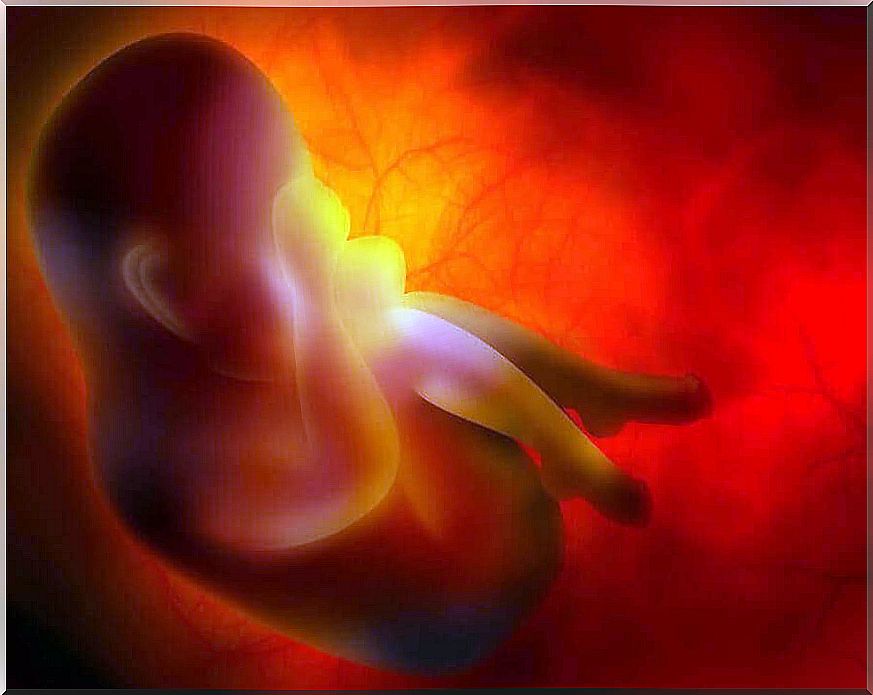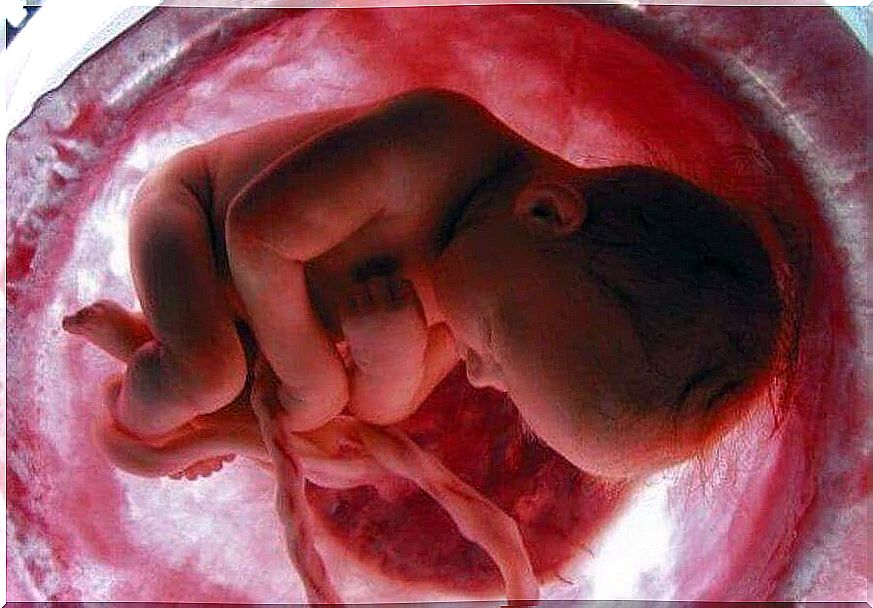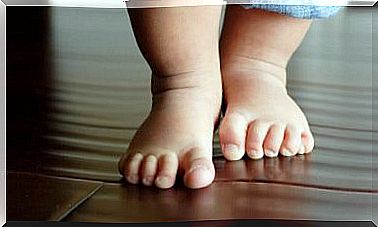Knot On The Umbilical Cord And Its Consequences

One of the biggest problems for parents and doctors is having a knot on the umbilical cord during pregnancy and childbirth. It is important for expectant parents to find out about this condition.
What does a knot on the umbilical cord mean?
A knot on the umbilical cord or a twisted umbilical cord is considered a very serious complication during pregnancy. It is associated with birth defects and complications during childbirth.
Umbilical cord length
Before we answer the question of whether it is something dangerous, it is important to know a little more about the umbilical cord. It is about 55 cm long.
Due to its length, it is normal for it to become entangled with different parts of the body: arms, legs, upper body and neck.

Of course, the degree of difficulty depends on where the umbilical cord has become entangled, as well as how tightly it is twisted around a place. Often, the umbilical cord can remove itself with a simple motion.
In order for a knot on the umbilical cord to occur, there must be several other factors involved. For example, it may be longer than normal, or the uterus may have more amniotic fluid. Therefore, there is more free space for the umbilical cord to move around.
Although it may seem extraordinary and abnormal, over 40% of pregnancies have a knot on the umbilical cord at some point, mainly during childbirth. Moms find out about this at the ultrasound. However, there are also cases where you do not know about it until at birth.
Is a knot on the umbilical cord dangerous?
In most cases, this condition does not cause any problems for the fetus. It can still have a normal vaginal delivery. The doctor places a finger between the baby’s neck and the umbilical cord to avoid pressure and possible suffocation. Another option is to squeeze the umbilical cord and cut it off before the baby comes out completely.
The umbilical cord often spins and twists when the baby’s heart beats faster. However, this does not happen in 100% of cases. Increased heart rate may be due to certain medications being used to speed up labor. The umbilical cord twists if the child does not handle this treatment well.
It is true that there are cases where the fetus has a very narrow umbilical cord. The pressure on the carotid arteries then causes bradycardia.
In this situation, doctors must monitor the condition of the fetus and decide how to proceed. They will find out if they need an emergency cesarean section, or wait for the baby to move to prevent the umbilical cord from tying on itself.
Blood flow in the umbilical cord
In addition, we need to talk about prolapse of the umbilical cord. When this happens, the umbilical cord comes out before the fetus. This usually happens when the baby is born in the seat.
It can also happen because the membranes broke before the baby was ready. This complication is the most serious of them all. However, it has nothing to do with the umbilical cord being tangled. It has to do with problems that can prevent blood flow to the baby.
Complications beyond knot on the umbilical cord during childbirth: what to know
Most children are born without problems, especially when the mother has been through all the necessary checks. However, some complications can still occur. A knot on the umbilical cord is just one of them.
Other possible complications include:
The pains are not productive
The labor pains change because the contractions are too weak, or the cervix is not opening enough. This usually happens when the mother’s pelvis is too small in relation to the size of the baby’s head.
2. The fetus shows signs of distress
Changes in the fetus’ heart rate can cause complications because he does not get the oxygen he needs. The doctor will perform a caesarean section before the situation gets worse, and before the baby breathes in meconium which can cause lung problems.

3. Dystokia
This is very rare. It occurs when the baby’s shoulder is wedged in the mother’s pelvis. The doctor will perform an operation that moves the baby’s shoulder and allows the birth to proceed.
4. Placental abruption
This serious complication occurs when the placenta differs from the uterus before delivery. It can cause internal bleeding for the mother, as well as disrupt the baby’s blood and oxygen supply.
A knot on the umbilical cord can be a bit traumatic for babies. But they are actually very common, and usually do not have any serious consequences for your health or your child’s.









